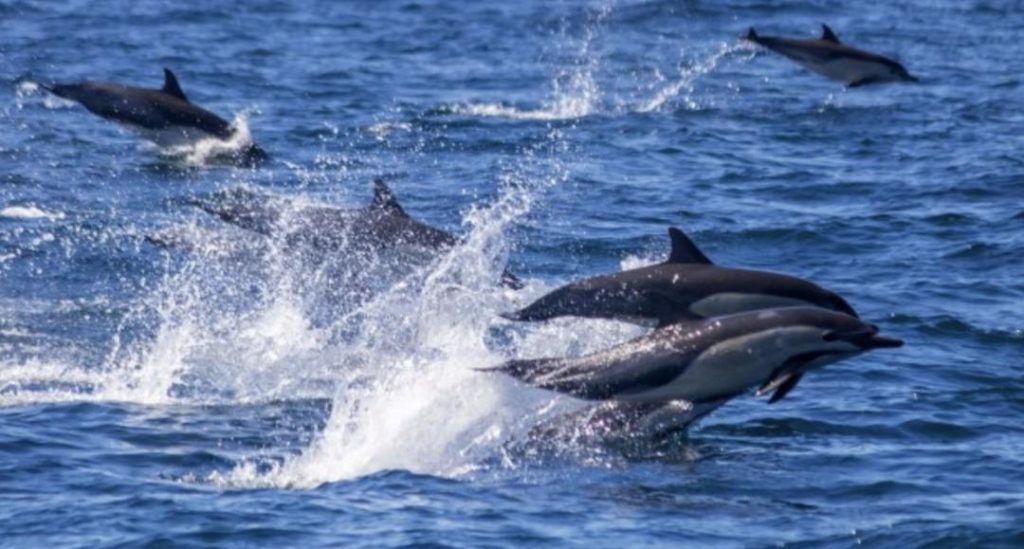
Dolphins & Whales Regularly Socialise with Each Other: Study
In a fascinating discovery, researchers from Griffith University have found that dolphins and whales regularly engage in playful social interactions with each other. The study, which analyzed videos and photographs of interactions between baleen whales and dolphins, covered 19 species across 199 separate events. The findings provide evidence that these marine mammals frequently socialize and play with each other, with mutual benefits.
The study, published in the journal Marine Mammal Science, used data from various sources, including whale watching tours, research expeditions, and marine sanctuaries. The researchers analyzed the interactions between the different species, taking note of the behaviors, body language, and vocalizations used during these encounters.
One of the most common interactions observed was dolphins swimming near the head of the whales. This behavior was seen in multiple species, including humpback, blue, and fin whales. The dolphins would swim alongside the whales, seemingly enjoying the company and playing a game of “tag” by darting in and out of the whale’s path.
Bottlenose dolphins were found to be the most involved species in these interactions, with 71% of observed events involving them. However, other dolphin species, such as spinner and common dolphins, were also seen socializing with whales.
The researchers noted that the whales did not always initiate these interactions, with dolphins often approaching them and initiating play. However, the whales did respond positively, with some even swimming closer to the dolphins and engaging in playful behavior.
The study’s lead author, Dr. Lars Bejder, explained that these interactions are likely beneficial for both species. “Dolphins and whales are both highly intelligent and social animals, and these interactions may help them learn new behaviors, improve their social skills, and even reduce stress,” he said.
The findings also suggest that these interactions may be an important aspect of the marine ecosystem. “By studying these interactions, we can gain a better understanding of the complex relationships between different marine species and how they impact each other’s behavior and ecology,” Dr. Bejder added.
The study provides a fascinating glimpse into the social lives of dolphins and whales, and highlights the importance of preserving and protecting these magnificent creatures and their habitats.
In conclusion, the study provides conclusive evidence that dolphins and whales regularly socialize and play with each other, with mutual benefits. The findings of this study have important implications for our understanding of the complex relationships between different marine species and the importance of preserving and protecting these species and their habitats.






